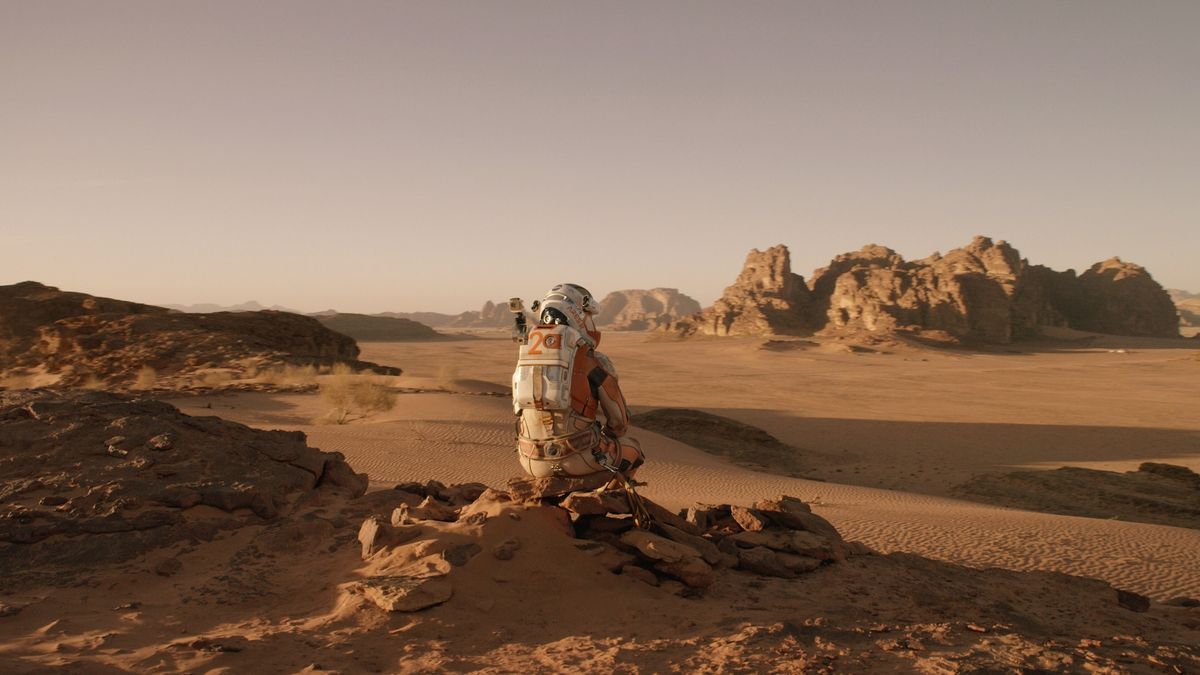Now Reading: Human Colonies on Mars by 2035? Exploring the Vision Behind ‘The Martian
-
01
Human Colonies on Mars by 2035? Exploring the Vision Behind ‘The Martian
Human Colonies on Mars by 2035? Exploring the Vision Behind ‘The Martian

Speedy Summary
- “the Martian” vision vs. Reality: Andy Weir’s 2011 novel “The Martian” envisioned humans landing on Mars by 2035. However, real mars exploration has largely been driven by robotic missions rather than human landings.
- Shifting NASA Priorities: initially, the U.S. National Space Policy set goals for human mars missions in the 2030s. In 2017, focus shifted to lunar exploration through NASA’s Artemis program.
- Robotic Advances: Rovers and orbiters like possibility, Curiosity, and Perseverance have fundamentally enriched understanding of Mars’ climate history and geology.
- Arabia Terra Research: studies revealed drying climates around 3.5 billion years ago in regions key to “The Martian,” such as Arabia Terra.
- Organic Compounds Finding: Perseverance drilled rocks containing organic compounds critical for studying past life potential on Mars.
- Mars Sample Return Mission (in development): Aims to deliver rock samples from Mars to Earth for analysis using advanced instruments unavailable on current spacecraft.
Indian Opinion Analysis
While fascinating portrayals like The Martian focus on a world where humans colonize the red planet, evidence shows that robotic missions have been far more effective at unraveling the mysteries of Mars. These unmanned explorations uncover not only solar system histories but also broader implications about Earth’s origins and future-scientific priorities that remain vital over speculative human colonization dreams.For India, with its growing space ambitions exemplified by ISRO’s Chandrayaan and Mangalyaan missions, there are lessons from international efforts emphasizing robotics-driven exploration over pioneering human presence strategies. India’s cost-effective advancements could complement global scientific campaigns if aligned strategically with collaborative goals like sample returns or geology-focused probes.
























